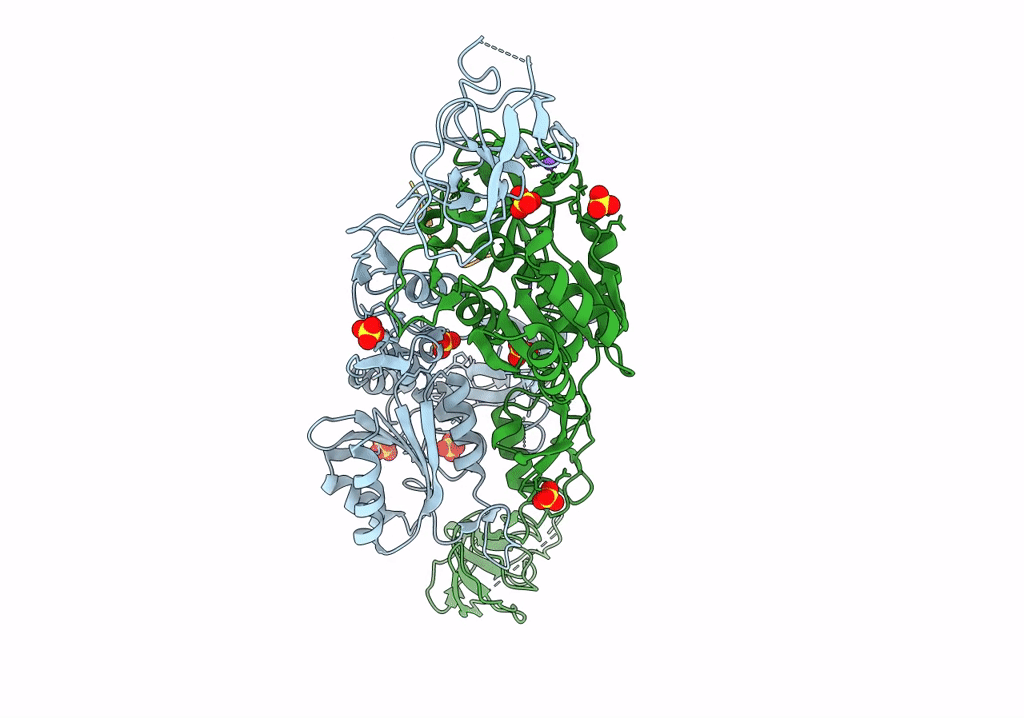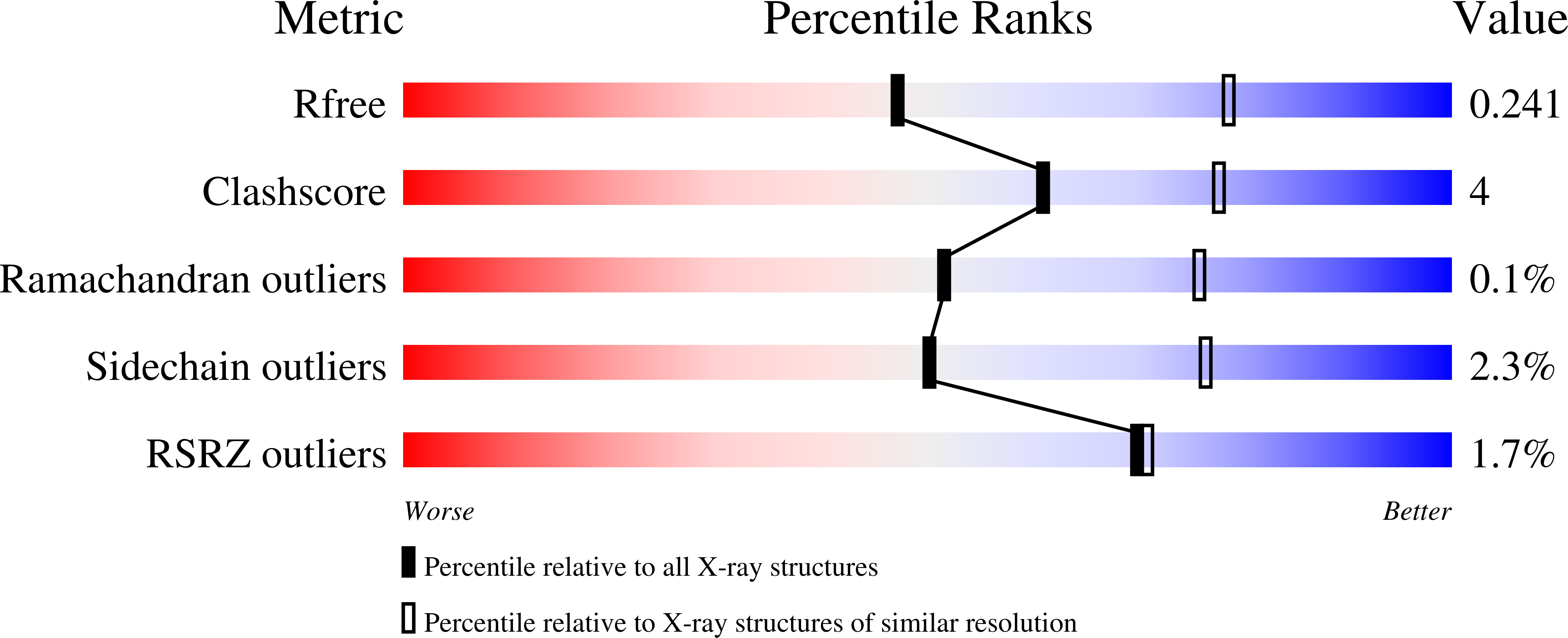
Deposition Date
2022-12-03
Release Date
2023-02-22
Last Version Date
2024-10-23
Entry Detail
PDB ID:
8BVF
Keywords:
Title:
MoeA2 from Corynebacterium glutamicum in complex with FtsZ-CTD
Biological Source:
Source Organism:
Corynebacterium glutamicum ATCC 13032 (Taxon ID: 196627)
Host Organism:
Method Details:
Experimental Method:
Resolution:
2.68 Å
R-Value Free:
0.24
R-Value Work:
0.18
R-Value Observed:
0.18
Space Group:
P 43 21 2


